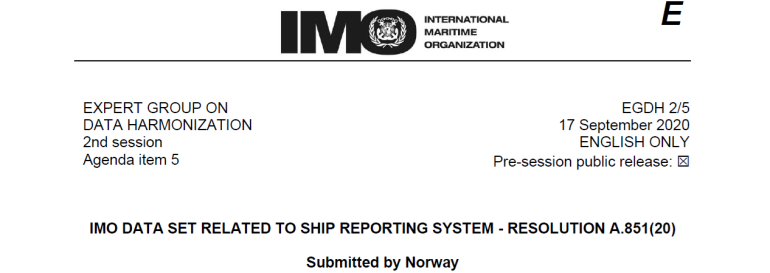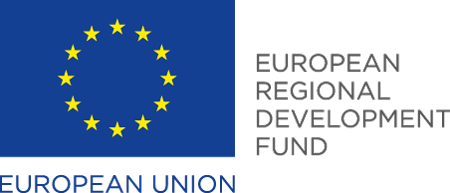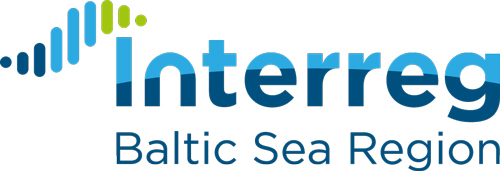New data standard, a step towards automated reporting
Ships are required to manually report voyage related information in 23 special reporting areas across the globe. A new emerging standard makes automated reporting possible. The STM BALT SAFE project has also released the first version of the automated reporting service. The solution lowers the administrative burden on board and help minimizing reporting errors.

Jarle Hauge
“The STM BALT SAFE project has two main goals regarding reporting. One is to establish a digital data standard for the 23 IMO mandatory ship reporting systems (MRS) operating throughout the world. The other objective is to automate the reporting from ships as much as possible, to reduce the administrative burdens for the ships” explained Jarle Hauge, principal engineer at the Norwegian Coastal Administration (NCA). “The onshore technology solution must support that effort by digitally providing all required information on what the ship needs to report and when.” Hauge continued.
The standard
There are several IMO mandatory ship reporting systems in Northern Europe. The solution is now available for SafeSeaNet Norway and the MRS in the Barents Sea, and STM BALT SAFE will implement the reporting solution in the Gulf of Finland through project partner VTS Finland.
“By testing the solution in two areas, we can confirm that the data model works and that the digital maritime infrastructure supporting the services is truly interoperable” added Ulf Siwe, STM BALT SAFE project manager at Swedish Maritime Administration. “It is really important that we harmonize around the IMO Reference Data Model as the standard for automated ship reporting. We see a real synergy between the IMO Data Model, automated ship reporting and Just-in-time arrival services. We appreciate the parallel work in the ongoing SESAME Solution II-project, which will bring the solution to the MRS area for the Channel in Dover and perhaps to the testbed in Singapore as well. The more projects align on standards, infrastructure and solutions, the faster operational solutions will benefit the shipping industry.”
A main outcome has been the input to the IMO data model where the IMO FAL committee has decided to include the NCA suggested data set for MRS to the data model through the work done in the Expert Group on Data Harmonization (EDGH).
The automation
Today, the SRS systems require vessels to report specific information by VHF at known points in established, IMO-adopted traffic separation schemes. The digital format is necessary to enable automated reporting. The other part of the work done by the project was to identify and document what kinds of services an MRS system should provide, namely a ‘Request and Respond Service’ (RRS) and a ‘Transmit & Receive Service’ (TRS). An RRS is able to respond to information requests from ships; it tells the requesting ship its reporting obligations based on its type, size, cargo and destination. A TRS is a more traditional service that merely receives and acknowledges reports and updates sent from ships.
